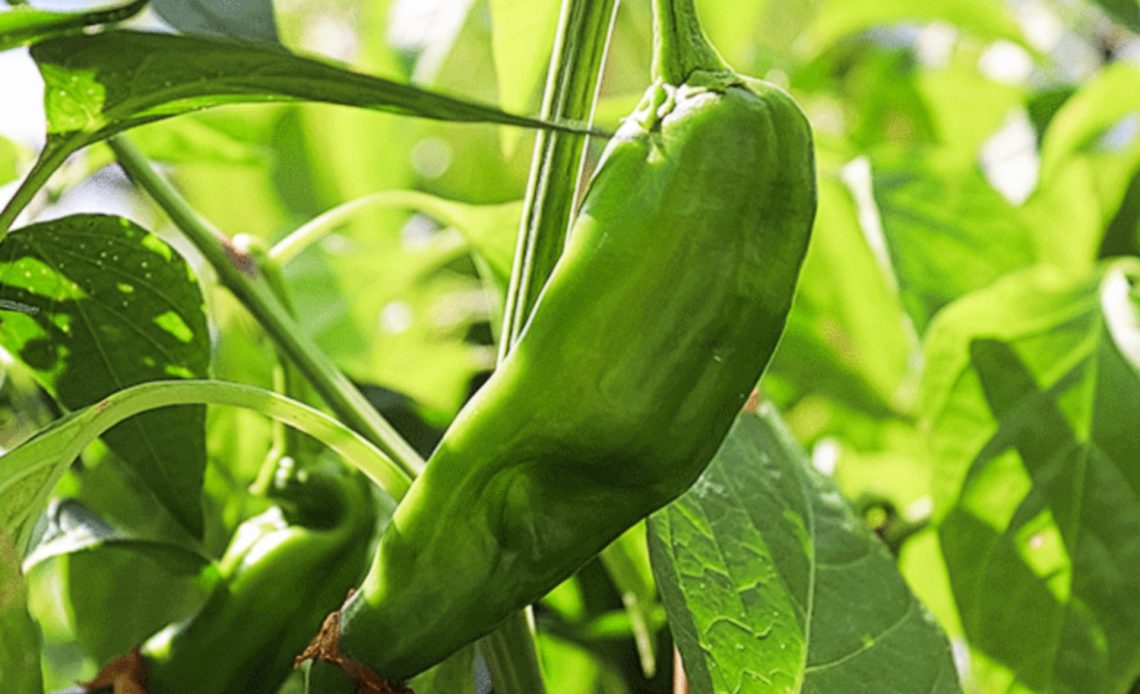

We’re here to help! Wild Yards is a completely free website that is 100% dedicated to helping you create a wildlife-friendly, sustainable yard. Read more
WildYards is reader-supported. When you buy a product through a link on our site, we may earn a comission. Every product is independently selected by our (obsessive) editors and our reviews are unbiased and objective. Read more about our mission or our privacy policy.
If you enjoy making salsas and pickled peppers, fresh homegrown jalapenos can make all the difference in your recipes. Jalapeno pepper plants are easy to grow, whether you have a large vegetable patch or just a small patio container garden. To maximize your pepper plants’ chances of success, be sure to grow a few of their favorite companions along with them to help them out. But what are the best jalapeno companion plants?
Carrots, garlic, and radishes can safely be grown with peppers without stealing valuable nutrients away from them. And herbs like basil, dill, and oregano work well as companion plants in container gardens as well as in-ground gardens because they help ward off pests that can destroy pepper plants.
10 Best jalapeno companion plants
The best companion plants for jalapenos will support the plants’ growth in one way or another. With their pungent odors, certain herbs can help repel bugs and keep your jalapeno peppers pest-free. When grown with the appropriate vegetables, you’ll save space in your garden without risking having your plants rob each other of nutrients. So when planning your garden for the upcoming season, be sure to plant your jalapeno peppers near the following.
Carrots
Jalapeno pepper plants don’t require much water, but they grow best when their soil can dry out slowly, rather than being baked by the sun. Growing your carrot crop near your jalapeno plants helps to provide them with a living mulch that holds moisture in the soil. Not only will carrots help to prevent rapid hydration loss, but they will also reduce the time you have to spend watering your pepper plants.
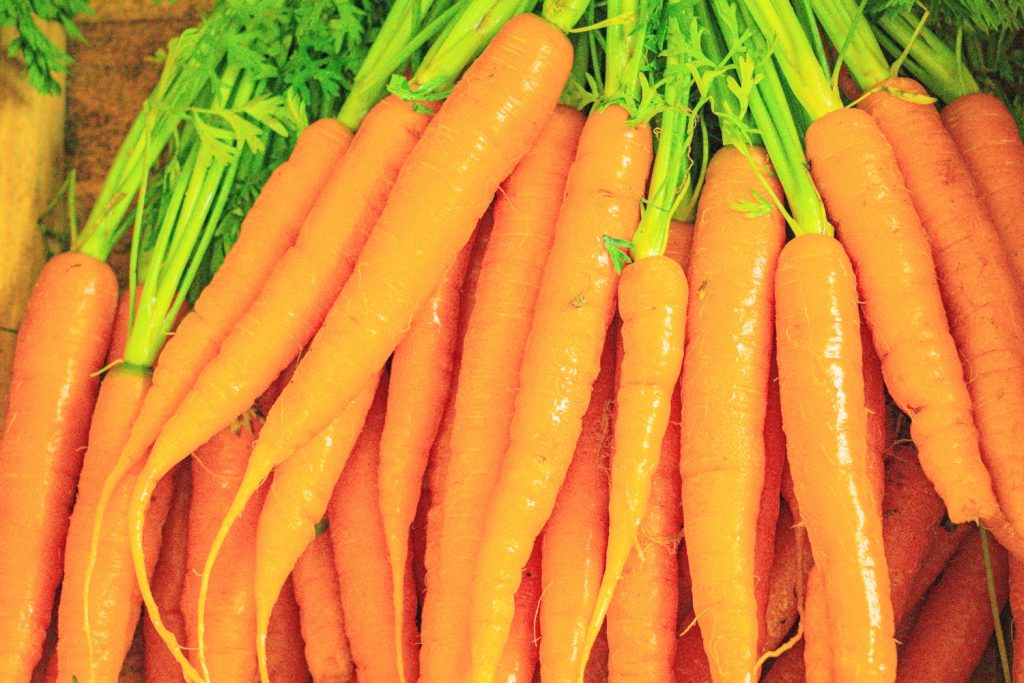
Parsley
Like carrots, parsley works to keep water in the soil. Parsley has moderate water needs and shorter roots than jalapeno plants. You can water your jalapeno plants deeply once or twice a week, and the parsley will soak up the water near the top of the soil while preventing moisture farther into the ground from evaporating. Parsley can also be used as a trap crop to keep worms and caterpillars off of your peppers.
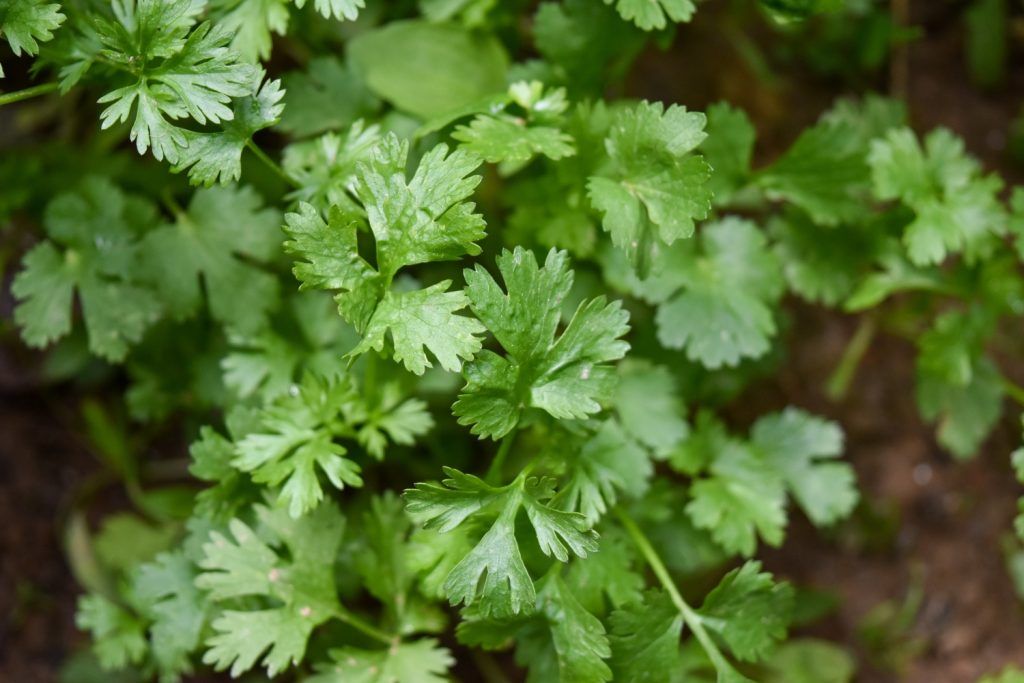
Okra
Okra is one of the best jalapeno companion plants because it offers them protection from the elements. Jalapenos grow to a maximum size of about 30 inches. Okra plants can grow up to 7 feet tall, so keeping them near your peppers will give them some dappled shade. This is especially helpful if you live in a hot region and your pepper plants wilt in the afternoons. On top of these benefits, okra plants also have a certain fragrance, one that aphids, in particular, find repulsive. Growing okra near your jalapenos is a great way to keep these insects away.
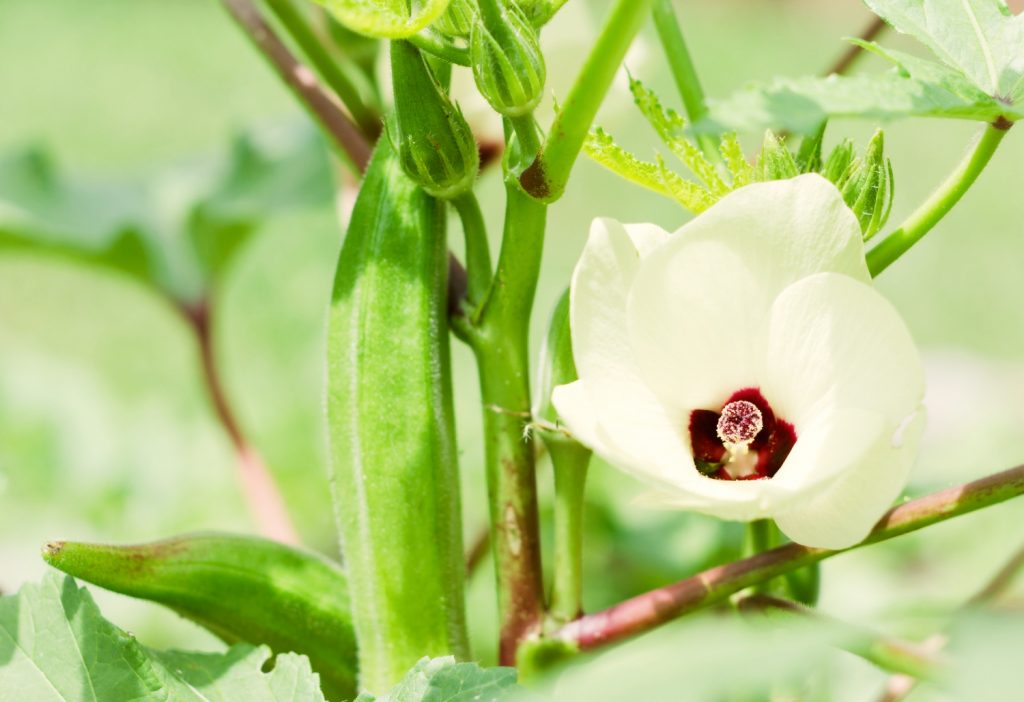
Dill
If you love canning peppers, growing dill near your jalapenos is a no-brainer. Fresh dill can turn your homemade pickled pepper recipes into a culinary masterpiece. But these two work well in the garden, too. Dill helps shade the ground to prevent moisture loss, all while working to repel harmful flies, aphids, and other insects. However, it is worth noting that dill does not grow well when planted near carrots as these plants stunt each other’s growth. So if you choose to plant carrots as a jalapeno companion plant, keep your dill sprouts far away, and vice versa.
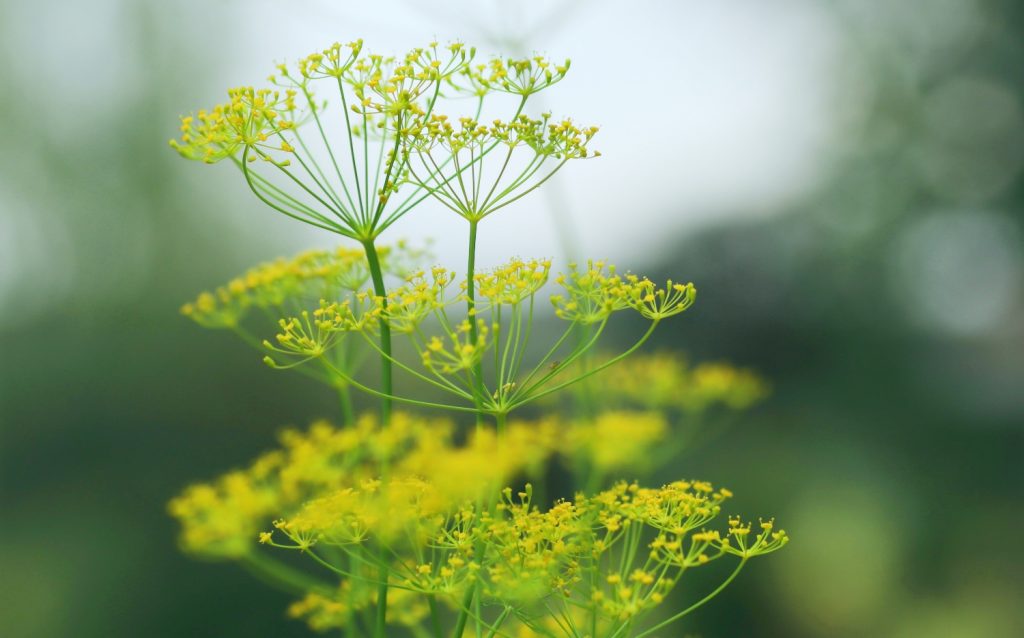
Garlic
An aromatic root-veggie, garlic is tremendously helpful in repelling bugs. Thanks to its strong, sulfury odor, garlic is the perfect ingredient in all-natural homemade insecticide recipes, which are a great way to keep pests out of your garden without having to rely on harsh chemicals. If your pepper plants have fallen prey to slugs, snails, aphids, mites, and worms in the past, keeping your garlic crop nearby can save this year’s pepper harvest. Garlic has shallow root systems, so you can safely grow it near your jalapeno plants without worrying about it stealing nutrients away from your peppers.
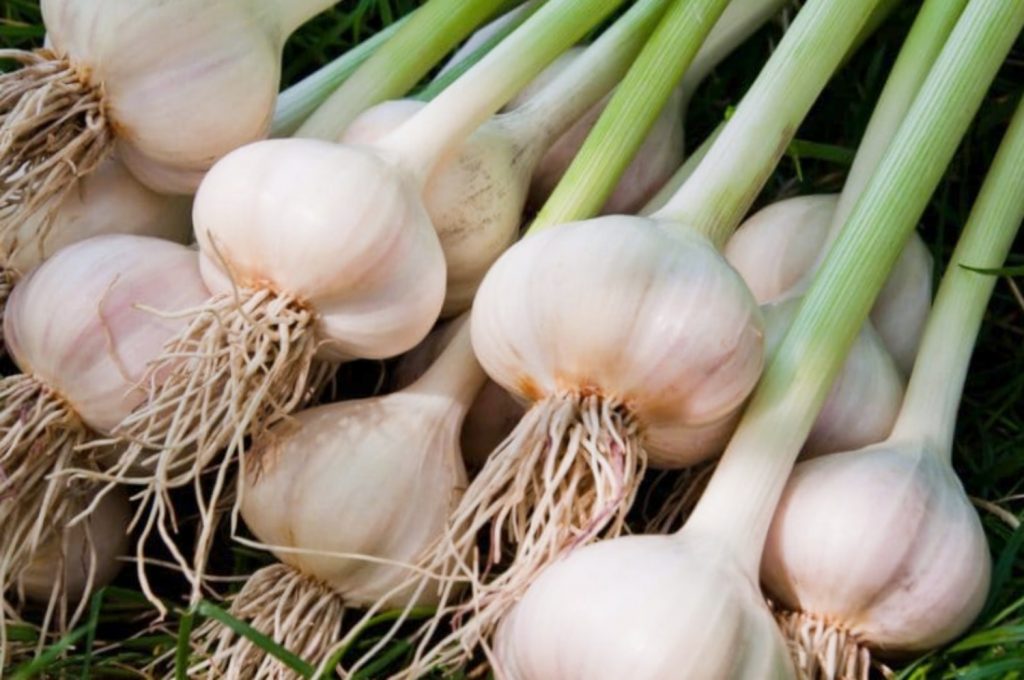
Oregano
This strong-smelling herb only reaches maximum heights of 24-inches. If you trim your oregano back regularly to use in soups, stews, and other tasty dishes, it will never grow tall enough to interfere with your pepper plants. Kept short, oregano spends its energy spreading outward, helping the soil surrounding your jalapenos retain moisture, and making it the perfect companion plant. Additionally, the powerful essential oils in oregano leaves work to keep bugs at bay, while this herb’s abundance of tiny flowers attracts pollinators, including butterflies, bees, and parasitic wasps who increase fruit yields and prey on garden pests.
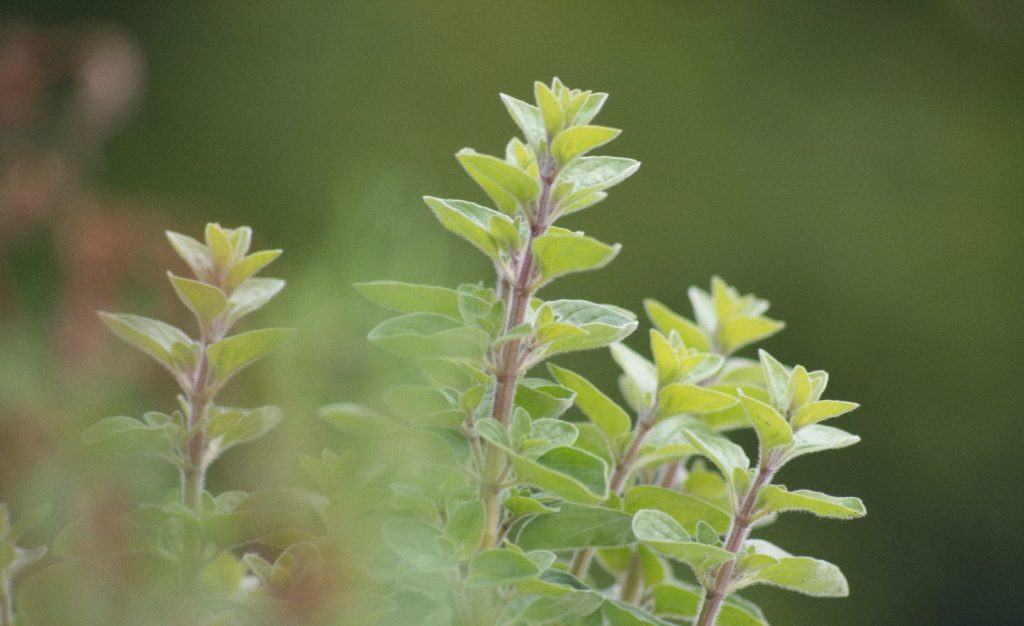
Spinach
Another low-growing plant, this leafy green sprouts up fast and can be harvested in next to no time — most spinach matures in just 45 days! Spinach is a fantastic jalapeno companion because its shallow roots mean it will never steal minerals away from your pepper crop. And because it’s in and out of the ground so quickly, it allows you to make the most of your garden space.
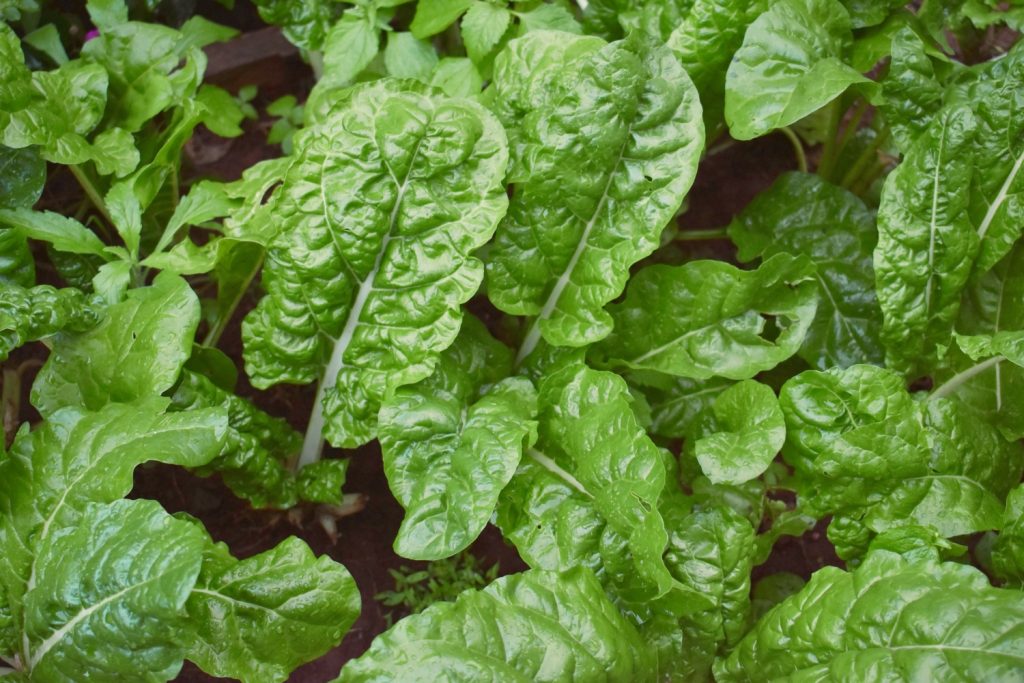
Pumpkin
Like all gourds, pumpkins are vining plants with large leaves. They’ll sprawl all over the place in the absence of a trellis to climb up. If you don’t have a vertical structure for your pumpkins to latch onto, you need plenty of ground space for them. Fortunately, jalapenos grow up and out. By plucking stray low-growing leaves from your pepper plants, you’ll leave plenty of space for your pumpkin crop to branch out below. And, as a bonus, the broad leaves of your pumpkin plants will help keep soil temperatures down to improve your pepper plants’ growth.
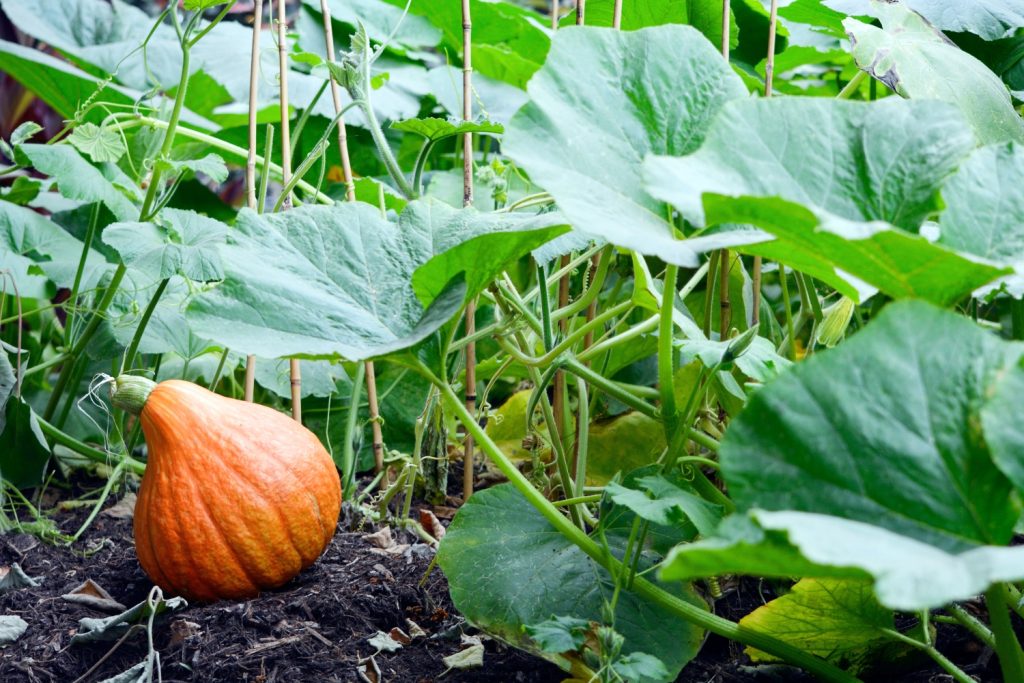
Basil
Herbs are wonderful companion plants for jalapenos grown in container gardens. Their potent fragrances help ward off pests. Basil, in particular, can help boost pepper production because it’s popular with bees and other pollinators. Basil’s small white flowers are filled with nectar that insects can’t resist. And while they’re visiting your basil, they’ll be just as happy to check out your flowering jalapeno plants, too. The better your pepper plants are pollinated, the better their crop yield. Basil can be grown next to jalapenos in raised beds and in-ground gardens, too. Keep these two plants together to support healthy growth.
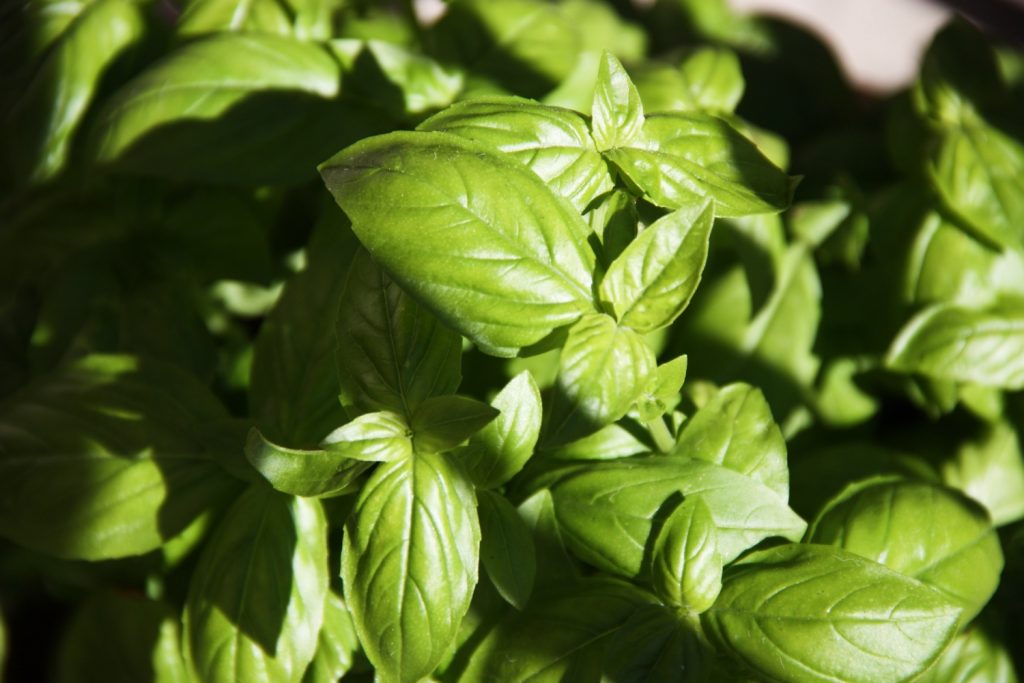
Lettuce
Fill in around your pepper plants and stop weeds before they start by planting lettuce with your jalapenos. Lettuce is one of the easiest plants to grow in your garden, and it’s one of the fastest, too, with leaf varieties maturing in just 30 days. Lettuce has shallow root systems, so it won’t compete with your jalapeno plants for nutrients. Alternate rows of peppers and lettuce, or simply arrange your lettuce plants around the base of your pepper plants to maximize garden space.
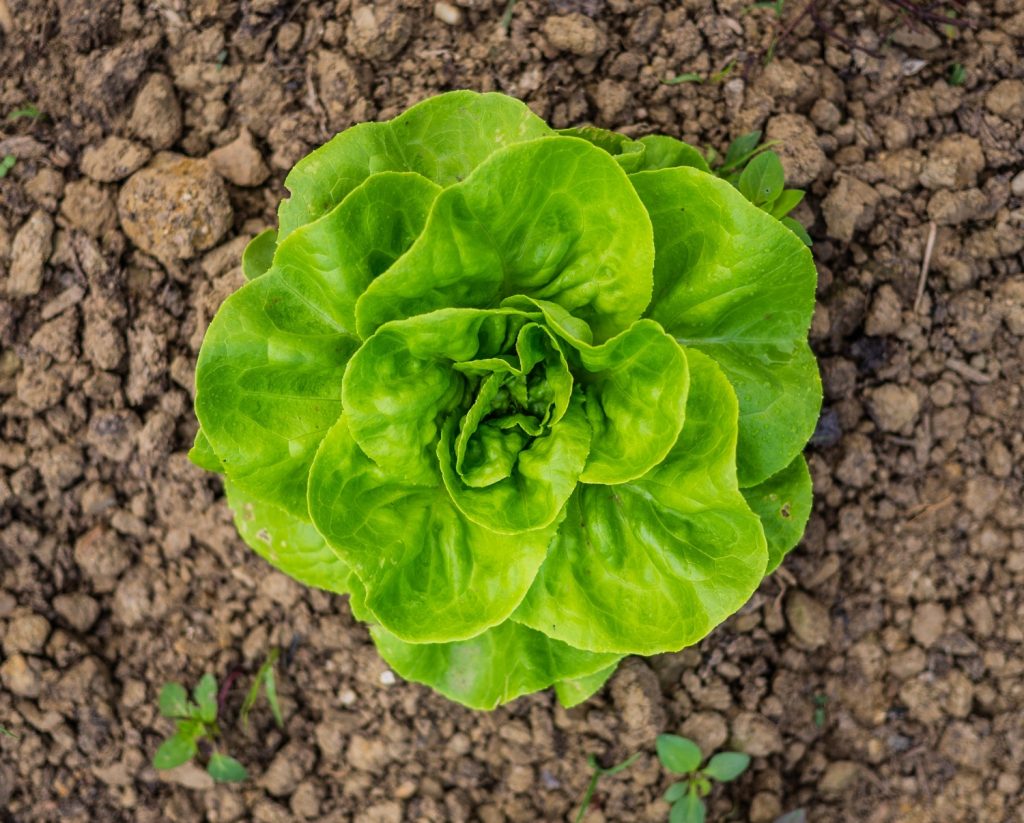
3 Jalapeno companion plants you should avoid
When planted with the right companions, jalapenos can grow faster and produce more peppers than when they’re grown on their own. But as important as it is to ensure your jalapenos are grown with the proper plants, it’s just as important to keep them far away from the following.
Strawberries
Delicious as homegrown strawberries may be, these plants are susceptible to a fungus called verticillium, which causes wilt. Infected plants can contaminate the soil for up to 5 years, and members of the nightshade family — which include peppers as well as tomatoes, eggplants, and potatoes — are equally susceptible to the disease. Be sure to keep these plants apart in your garden to prevent the spread of disease.
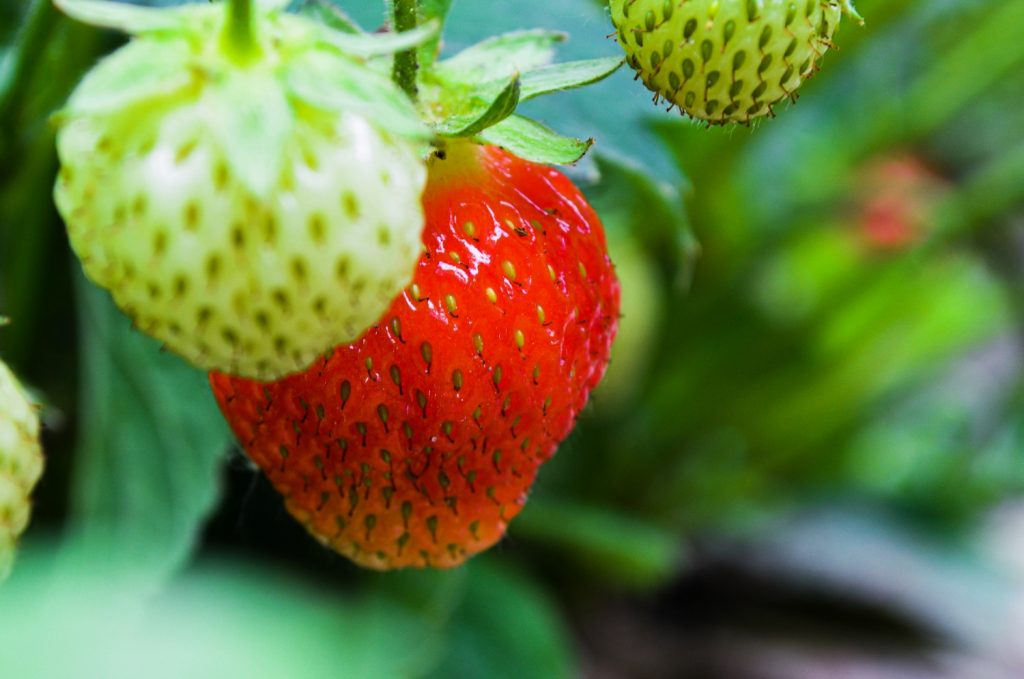
Fennel
Fennel is allelopathic. Their seeds produce toxic compounds designed to destroy neighboring plants to conserve resources for themselves. If you pickle the peppers and cucumbers grown in your garden, you may be tempted to plant fennel along with them to harvest for use in your recipes. If you do, just be sure to keep your jalapeno pepper plants far enough away from your fennel crops so they won’t interfere with pepper production. It’s best to give fennel plenty of space to grow on its own, away from other plants.
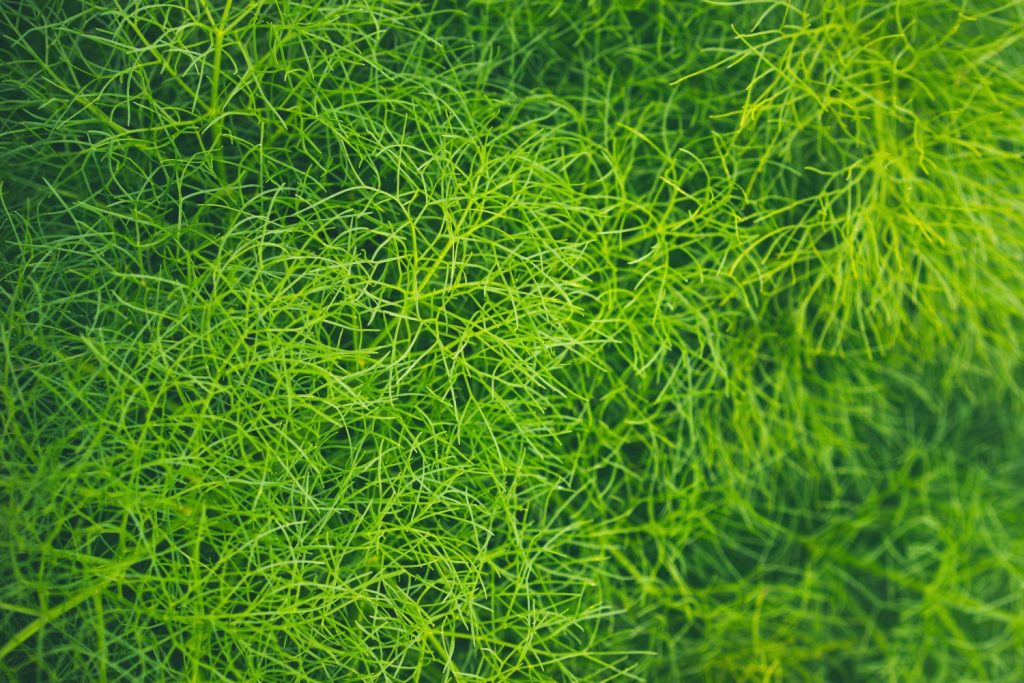
Brassicas
As nightshade vegetables, jalapenos are moderate to heavy nutrient users. Members of the Brassica family, including kohlrabi, broccoli, and cauliflower also require a lot of vitamins and minerals to grow. Growing these plants too close together can stunt growth and lead to poor crop production, so be sure to keep your peppers (and any other nightshades) out of reach of your Brassicas.
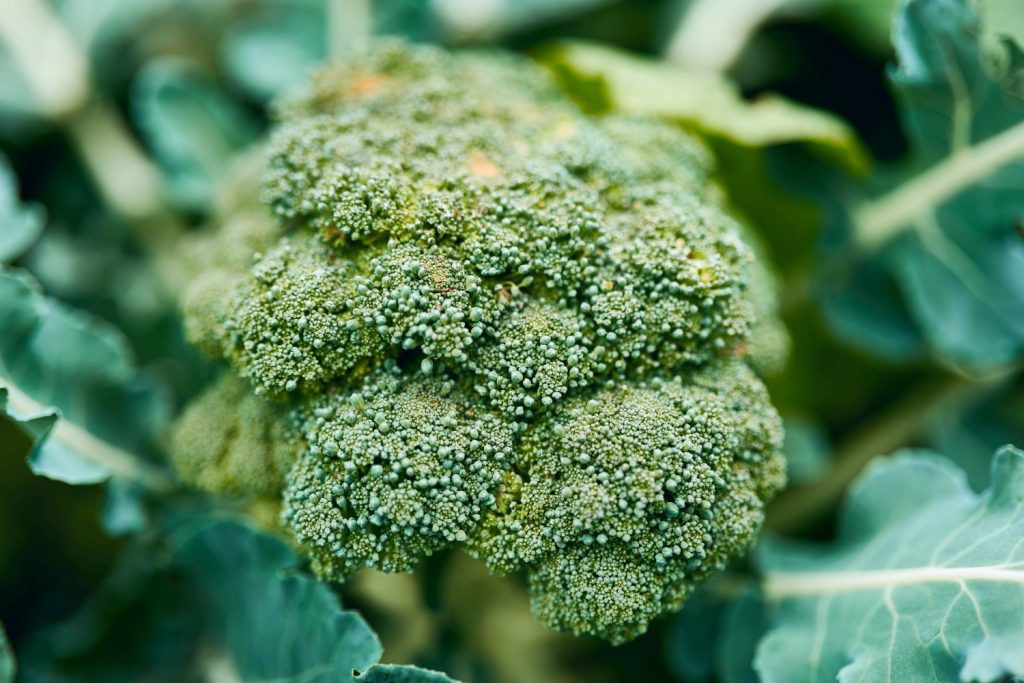
Does companion planting improve jalapeno pepper production?
Companion planting may seem like a lot of extra work initially. And, to be fair, it is. You have to sit down and map out your garden, arranging it carefully to make sure each plant is grown next to its preferred neighbors. But, ultimately, companion planting has the potential to improve crop production by supporting pollination. This strategy also aids plant growth by working to conserve water and nutrients, and by keeping damaging insects away from your crops.
So take some time to plan ahead. Growing your jalapeno pepper plants next to their favorite companions, while taking care to keep them away from plants that can hinder their growth, will make all the difference in your crop next harvest time.
